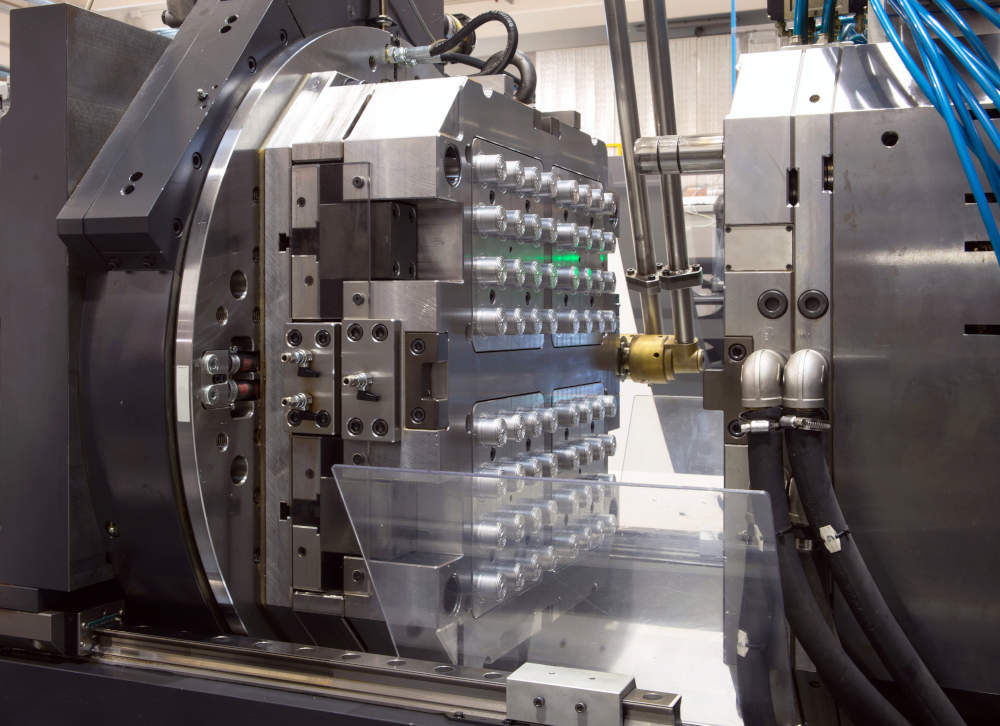
If you’ve never read the Types of Military Specifications for Injection Mold Building, you may not know what they are. This free download will walk you through the requirements for various military applications. You can also learn more through a military specification injection mold supplier.
Water Cooling System
Injection molds are manufactured in a facility equipped with a cooling water system. This system helps maintain the mold’s appropriate temperature by mixing the cooling fluid with cold or hot water. The cooling water control system comprises a cold water supply unit, a temperature detecting unit, a water exchanging valve, a display or operation unit, and the central controller. Once the cooling water has reached the correct temperature, you can use it to cool the mold.
A cooling water system pumps chilled water through a line outside the mold cavity and through the runner gates to keep the temperature constant. These water lines are placed near the surface of the molded product to prevent warping. In addition, the cooling fluid is chemically treated to avoid mold growth and bacterial contamination. This is a good practice. Injection mold builders should consider the effectiveness of water cooling systems to ensure proper product performance.
Cam Action
For complex and exact molds, using a side-action can be beneficial. While most molds feature a single cam action, some may use up to four separate side actions. Cams are typically mounted on the outside parting line of a mold, so they require a minimum travel length and size restriction. While cams increase the mold’s cost, they also provide several advantages, including more design options, reduced secondary operations, and reduced overall project costs.
One important consideration when using a cam action is the type of ejection system. While external threads are easy to integrate into the design of the mold, internal threads require a unique unscrewing mechanism inserted before and removed after the material has been set. A collapsible core action is another option that you can use for molds with threaded features. This ejection system allows for a smooth transition between closed and open positions.
Hardness of Material
Several factors determine the hardness of a material for a military injection mold building project. It must be durable and can withstand the required level of abrasion and impact. The material should be able to withstand high temperatures and chemicals. The hardness of the material should not be too high or too low. The mold must also be stable during injection molding and should not be susceptible to cracking.
Injection molding of P-20 steel requires drying of the plastic resin before the molding process. This helps prevent defects from water or gas escaping from the mold during the process. The durometer measures hardness. More complex materials have higher durometer values. A pause in pressure application occurs before the mold is closed to allow the gas to escape. When this pause occurs, you can add an electrically removed area to the molded part, which you can use to add fine details or accept fasteners.
Design Guidelines
To build a mold that will meet the exact specifications of a military product, it is essential to adhere to specific design guidelines. SEA-LECT Plastics has an in-house design team experienced in military/defense mold building. With its credentials and capabilities, SEA-LECT Plastics can build any mold to exact specifications. Read on to discover more about these guidelines.
The first thing a mold designer should consider is the parting line. The parting line is the point at which the two halves of the mold meet. In some applications, this decision is obvious, but in others, it is not. Identifying the direction of the line of the draw will guide the direction of the mold’s opening. Figure 1 shows a diagram of two mold halves and the parting line.
Mold Plumbing
Injection molding is one of the most popular methods for manufacturing military and aerospace components. Injection molding provides many advantages over similar materials. However, it can be costly, especially for custom-designed molds. Costs may vary depending on the material used to make the mold. While steel tooling is the most common choice, this material is slower for the machine. Steel tooling is also often used for high-volume projects. Although steel is known for its durability, higher-grade aluminum has closed the durability gap and can produce hundreds of thousands of parts without a single piece wearing out.
The base of the mold is an integral part of the mold. It must be strong enough to resist the clamping force of the molding machine and the plastic pressure produced by the injection molding process. A class 101 mold building specification specifies the hardness of the mold base. Typical steel is less than 10 BH, while hardened tool steel can be over 600 BH. Therefore, injection mold building requires an injection mold base made of high-quality steel. Unlike typical steel, this material has greater strength than wood, which can be vulnerable to underfill. Additionally, the higher power of the mold base protects it during disassembly.